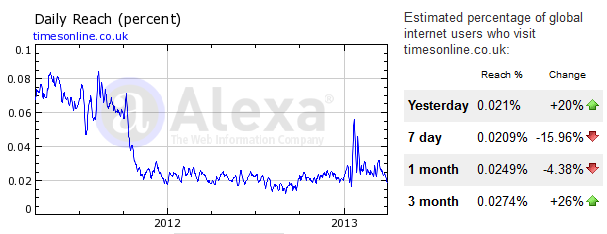A great deal of the Scottish independence referendum has centred on the question of currency and the economy – the ‘yes’ camp say they will enter a currency union with the rest of the UK, while the ‘no’ camp say that wouldn’t be in the best interests of other countries so would be blocked.
A currency union would be something similar to the euro – a common central bank, working for the benefit of all members. It looks increasingly likely that Scotland, in the absence of a full currency union, would instead just either use Sterling as it is, or would peg its own currency to Sterling. Some on the ‘no’ side have said that Scotland wouldn’t be allowed to do even this. Continue reading “Can Scotland use Sterling?”
